Figures & data
Figure 1. Bandi River, Rajasthan, India, colored with water effluent from the surrounding textile dyeing units (Perfect Sourcing Newsdesk Citation2018)
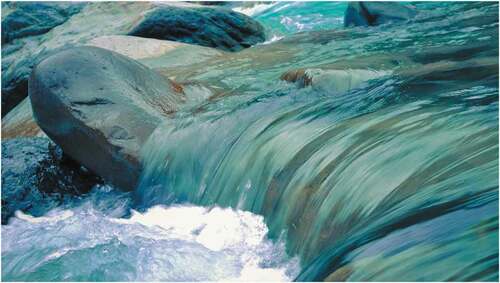
Figure 2. Bambusoideae (Bamboo grass) for obtaining bamboo fibers (Harvest returns Citation2019)
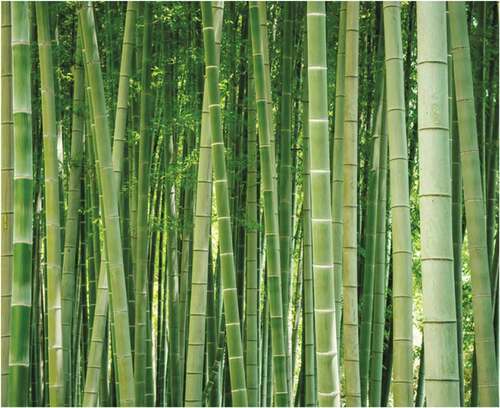
Figure 3. Abaca species, Musa textilis for obtaining banana fibers (Steele, Stephanie Citation2019)
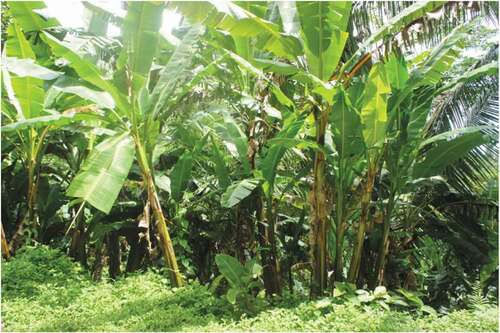
Figure 4. Carbon cycle in wool fibers (Australian Wool Innovation Limited Citation2019)
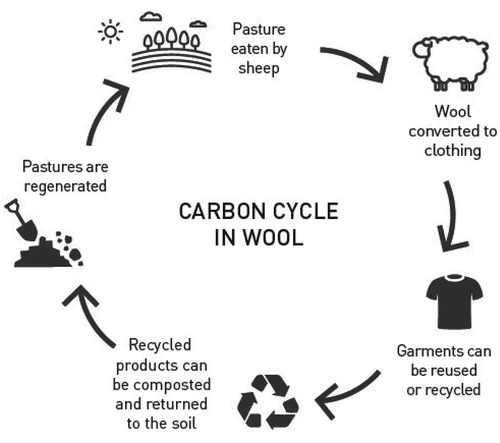
Figure 5. Morphological characteristic of merino wool fibers (Australian Wool Innovation Limited Citation2019)
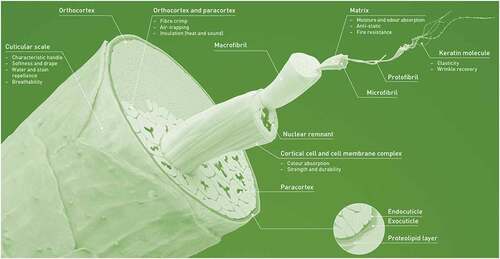
Table 1. Herbal biomaterials in research
Figure 6. Original ready to dye a) bamboo, b) banana, and c) merino wool fibers. d) Original ready to dye merino wool yarns
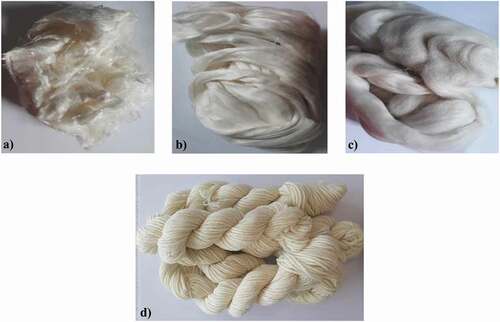
Figure 7. The coloration of Bamboo, Banana, and Merino Wool Fibers with a) Mango Ginger, b) Alkanet, and c) Henna
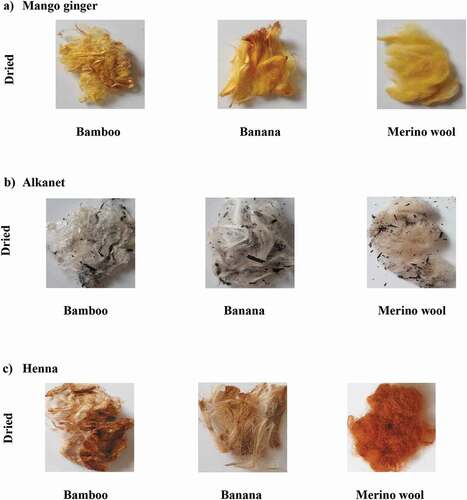
Figure 8. Coloration of Bamboo, Banana, and Merino Wool fibers with a) Munro’s Dessert-Mallow b) Red Chili and c) Silver Birch
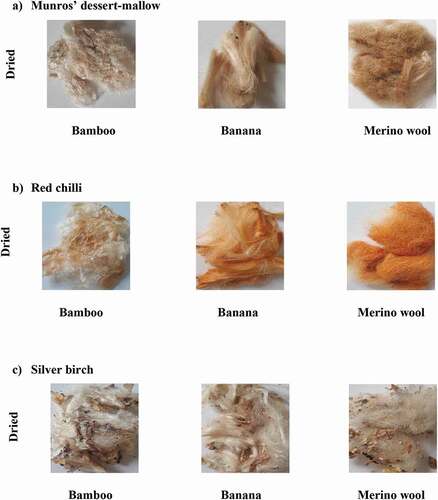
Figure 9. The coloration of Bamboo, Banana, and Merino wool fibers with a) Goldenrod b) Poplar bud c) Walnut leaves, and d) Cloves
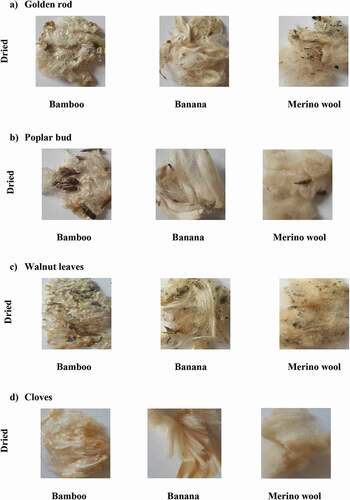
Figure 10. The coloration of merino wool yarns with mango ginger, a) Soaked in extract solution, and b) Dried
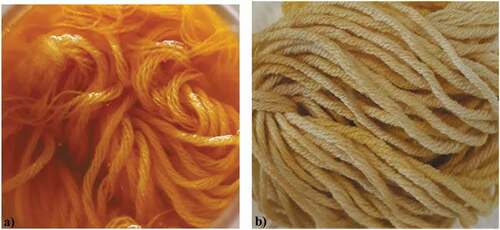
Figure 11. The coloration of merino wool yarns with cloves, a) Soaked in extract solution, and b) Dried
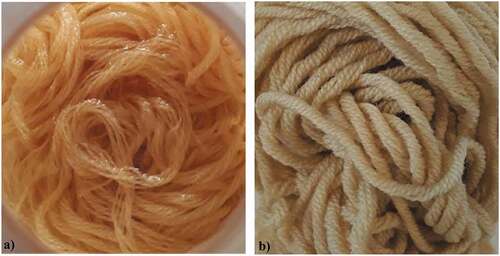
Figure 12. The coloration of merino wool yarns with henna, a) Soaked in extract solution, and b) Dried
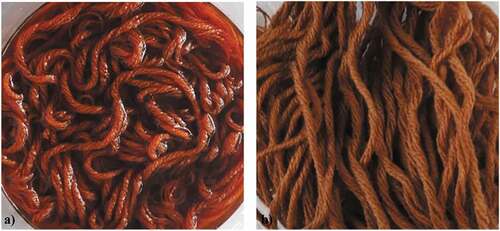
Table 2. Color values obtained of merino wool yarns colored with herbs
Table 3. Fastness properties of Merino wool yarns treated with mango ginger, cloves, and henna
Figure 13. The ATR - FTIR analysis of herbs in research, Mango ginger (MG), Cloves (CL) and Henna (HN)
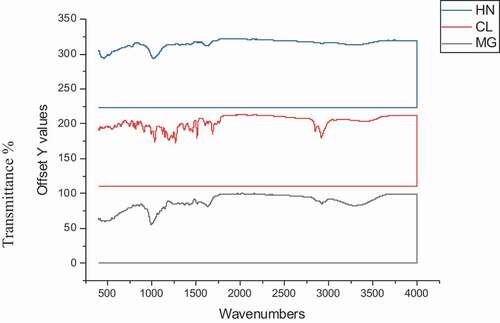
Figure 14. The ATR - FTIR analysis of herbal treated merino wool yarns, Mango ginger (MG), Cloves (CL) and Henna (HN)
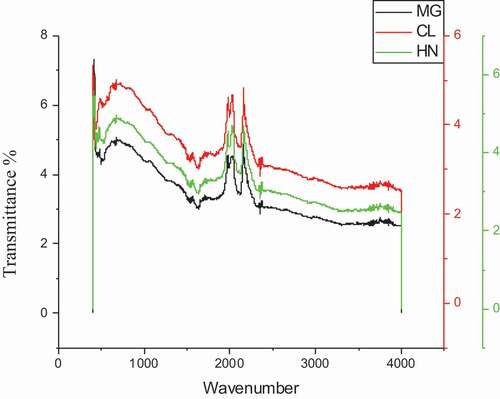
Figure 15. The significant chemical component (plant phytochemicals) contained in a) Mango ginger – Curcumin b) Cloves – Eugenol and c) Henna - Lawsone

Table 4. DO and ORP after coloration with herbs in research
